The science behind this common baking step
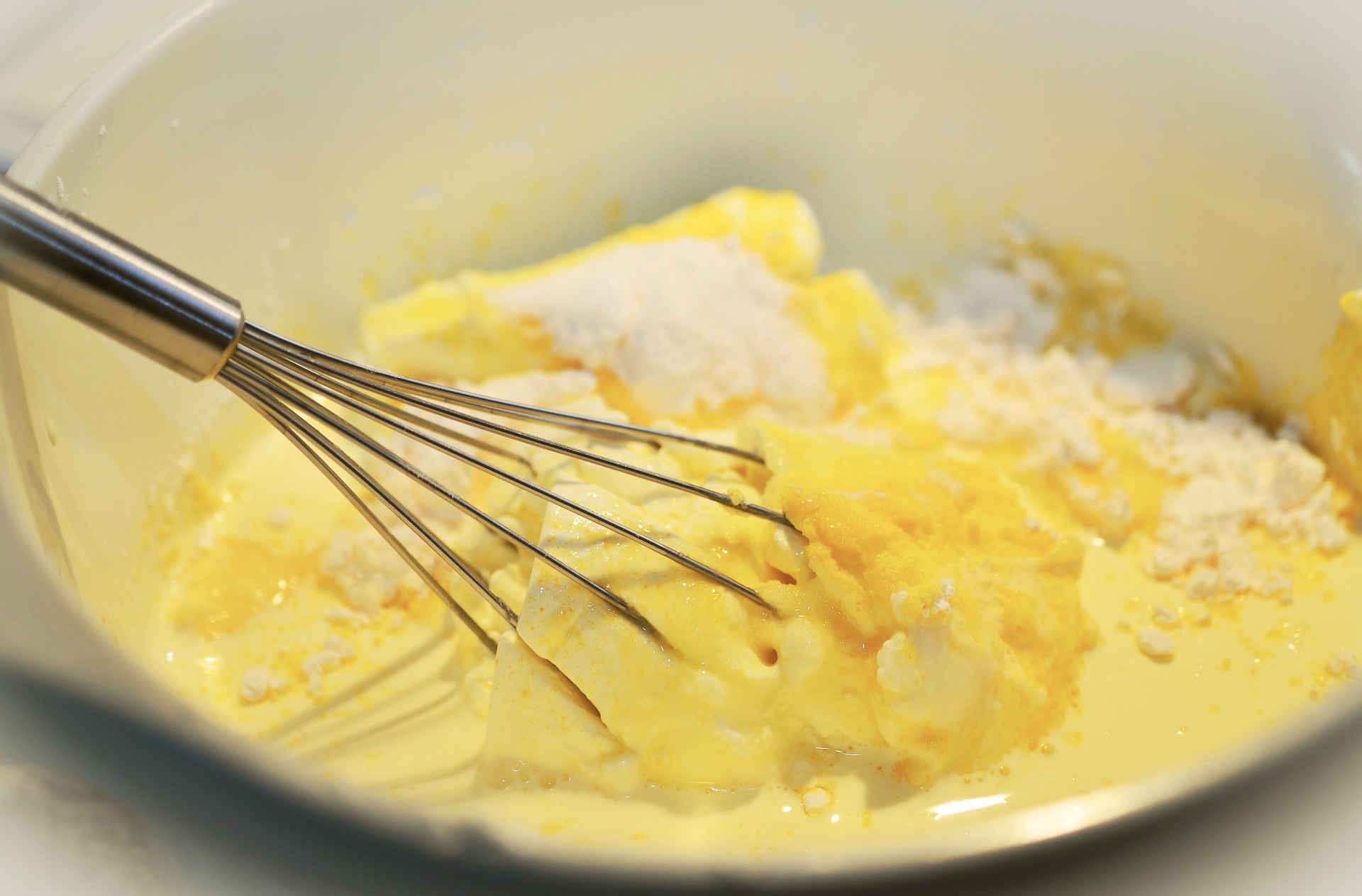

If you’re a baker, even an amateur one at that, I’m sure you’re familiar with the first step in many cookie and cake recipes — creaming the butter and sugar.
It’s so ubiquitous that it’s easy to ignore.
But, if you’re like me and have no electric mixer this step can be incredibly annoying. I mean it’s a lot of work creaming that butter and sugar by hand.
It might be hard to believe, but this seemingly ordinary step has an extraordinary impact on the quality of your final baked good.
After reading these three reasons, you’ll never skip or half-heartedly cream that butter and sugar again.
1. No creaming, no rise
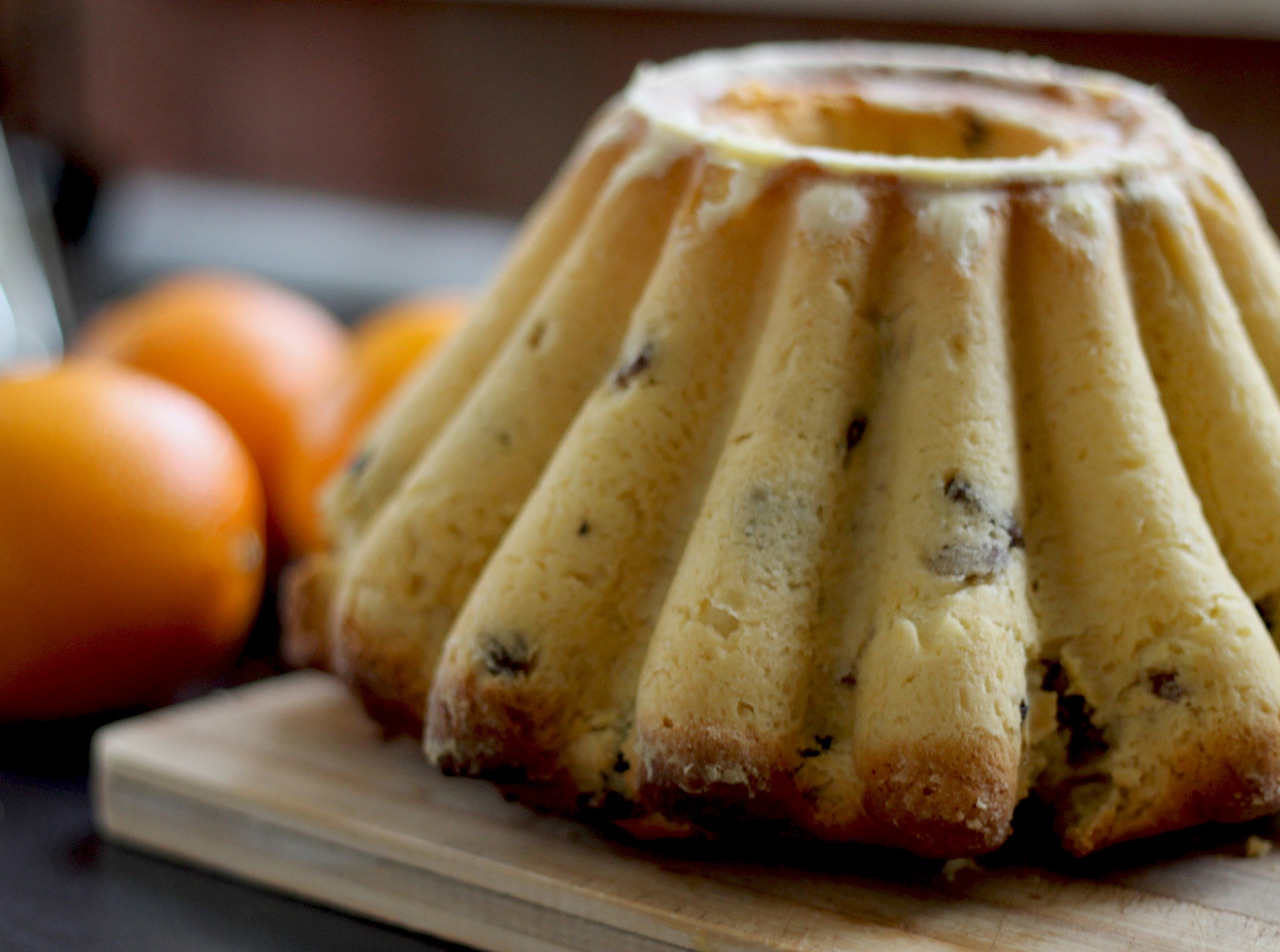

Don’t you just love watching a cake puff up in the hot oven?
Well, if you want a good rise it all comes back to one of the first steps in the instructions — creaming the butter and sugar. Let me explain.
As you are bashing and smashing the butter against the bowl, you’re whipping in tiny air bubbles into the mixture.
This might be hard to see, but if you watch closely you’ll notice the volume seems to increase (due to the incorporation of air) and the mixture turns from bright yellow to a more pale hue. These are both good signs you’re successfully incorporating microscopic air pockets.
You could simply agitate the butter alone, but adding sugar makes the process even more efficient. That’s because the jagged sugar crystals act like tiny shovels that dig into the butter and help create those air pockets.
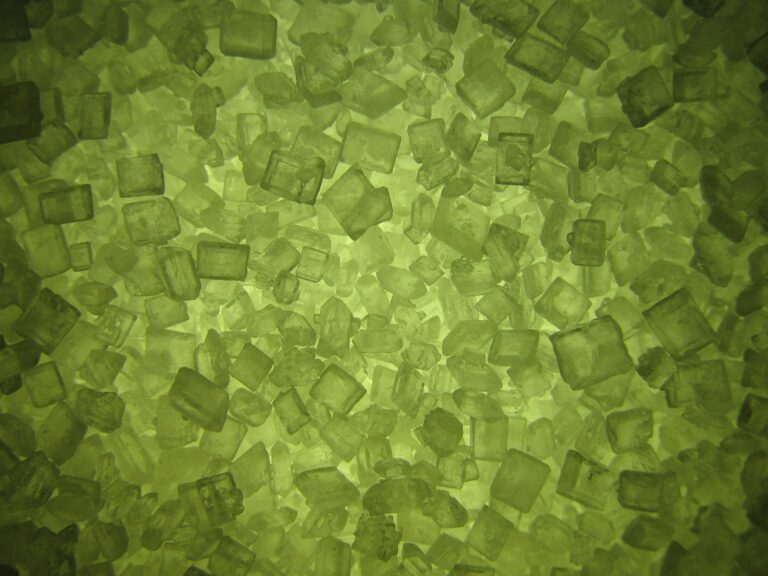

With the sugar crystals acting like tiny blades aerating the mixture, creaming becomes much easier—but we still need to stabilize these tiny bubbles. Otherwise, they’ll naturally collapse.
Luckily, butter contains tiny fat crystals that are needle-like in shape. These fat crystals form a protective shield around the air bubbles and prevent them from caving in.
Forming these initial air pockets by creaming, or perhaps it’s better termed mechanical leavening, is key if you want a big rise in the oven.
That’s because chemical leaveners like baking soda or baking powder will only expand existing air bubbles (not create new ones). So, creaming adds air for the baking soda or powder to perform their magic. The heat during baking can also enlarge these air pockets.
Together, this leads to a wonderful rise
2. Get that light, fluffy texture
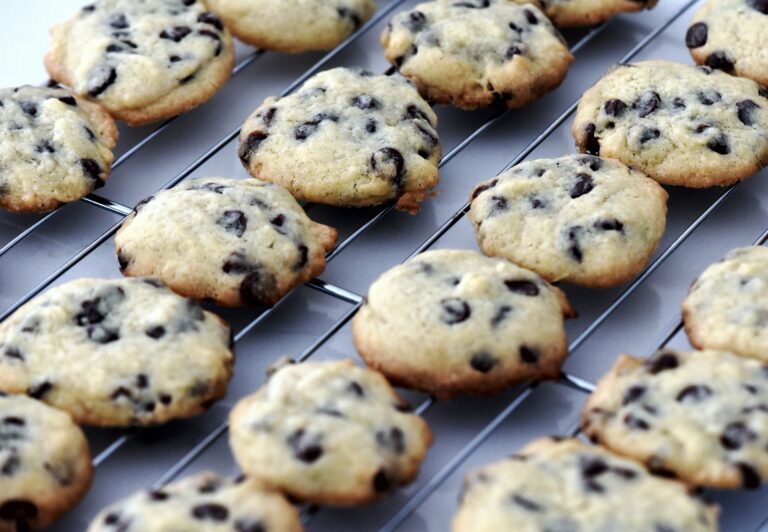

Creaming is not only essential for the correct rise, but also the proper texture.
It’s these areas of air that make these treats feel so light and fluffy as we eat them. The air bubbles dispersed throughout the structure create a nice, soft texture in our mouth.
That being said, ineffective creaming results in the opposite texture — a dense, heavy baked good. Without any air bubbles permeating the structure, you get a bite that’s rather compact instead of soft.
3. Evenly mix in other ingredients
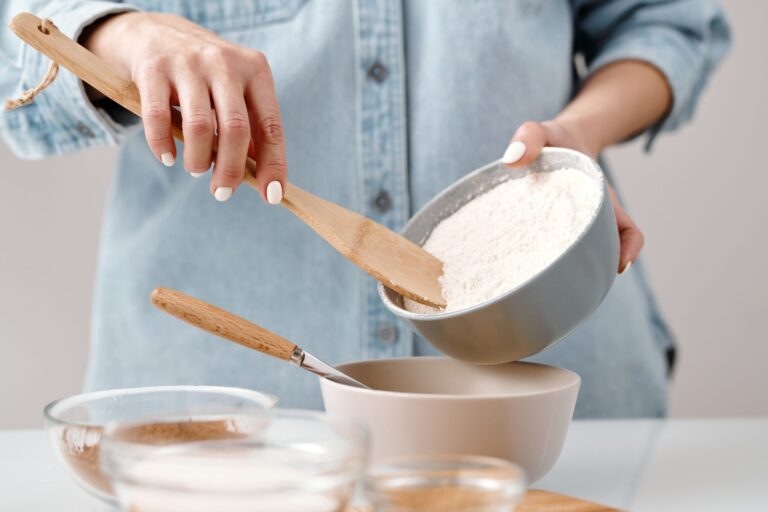

This is probably the most basic of all the reasons to put some effort into creaming, but just to convince you to use a little more muscle, I thought I would include it.
The physical action of creaming helps make the butter soft and malleable. Without this step, it’s nearly impossible to thoroughly mix in other dry ingredients. The butter is just too dang hard to make the dough homogenous.
So, if you want a cookie or cake with a uniform texture and taste, it’s important to cream the butter and sugar until you reach a nice, pliable consistency.
Do I get annoyed by the creaming step included in so many recipes?
Yes, because I’m breaking a sweat by the time I’ve manually creamed the butter and sugar.
But whenever I think about skimping on the creaming, I remind myself that it’ll be worth it in the end. Because nothing is better than a soft, fluffy cookie that seems to melt in your mouth

